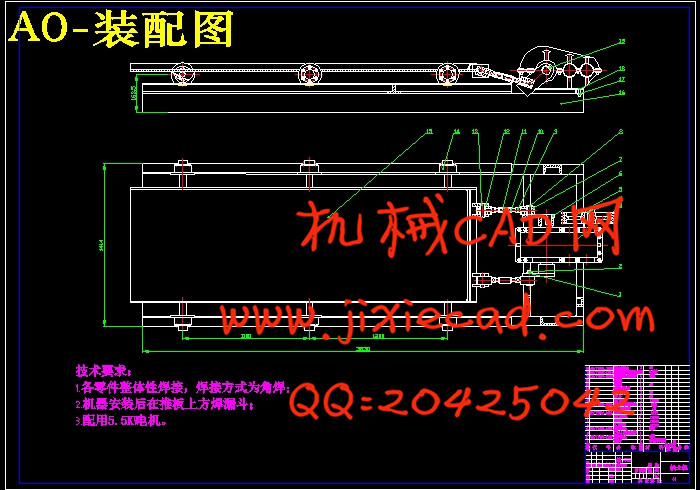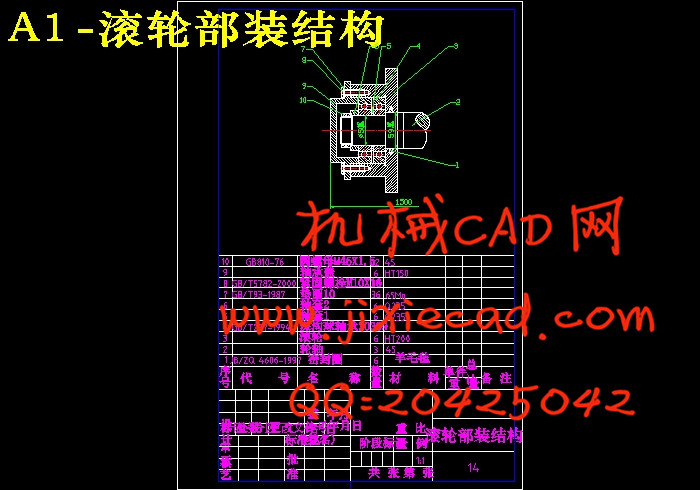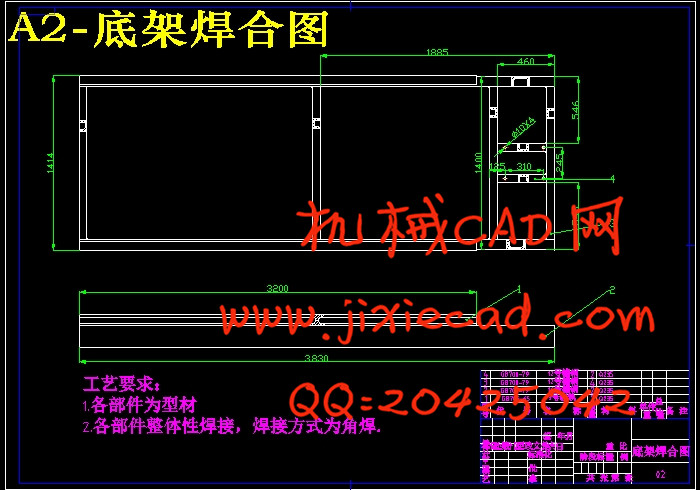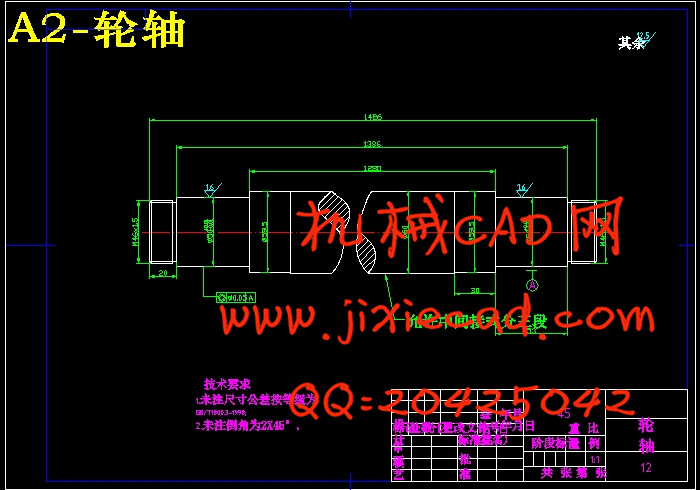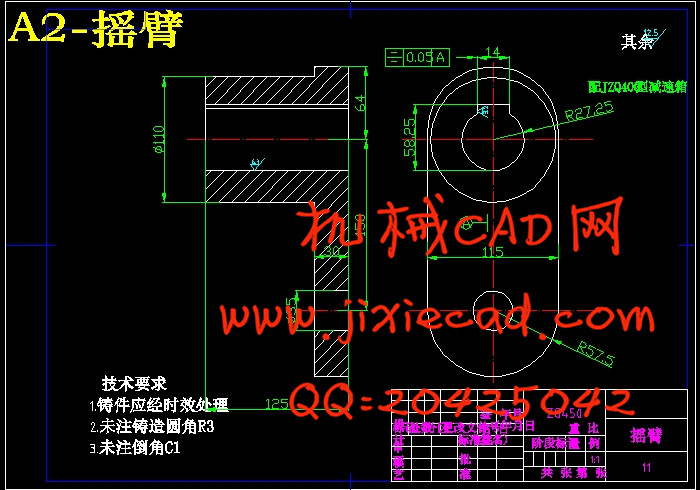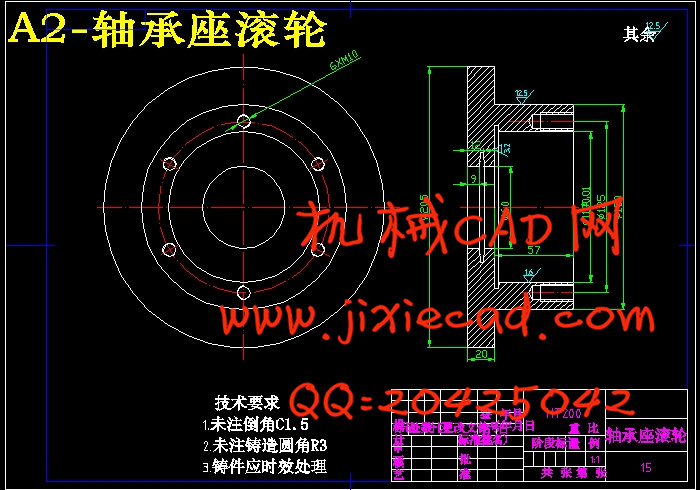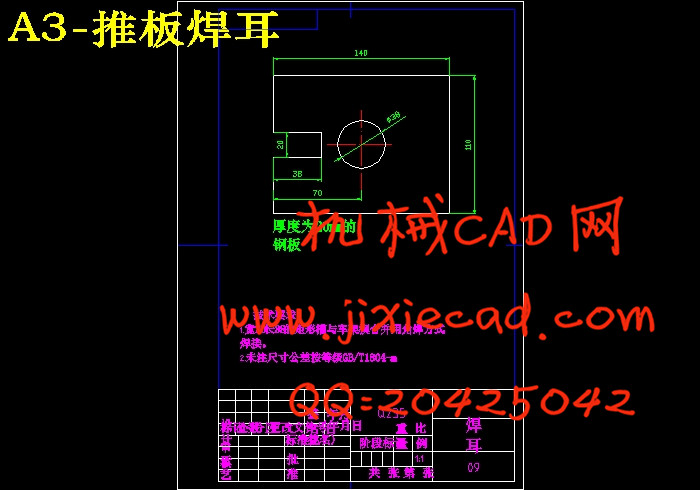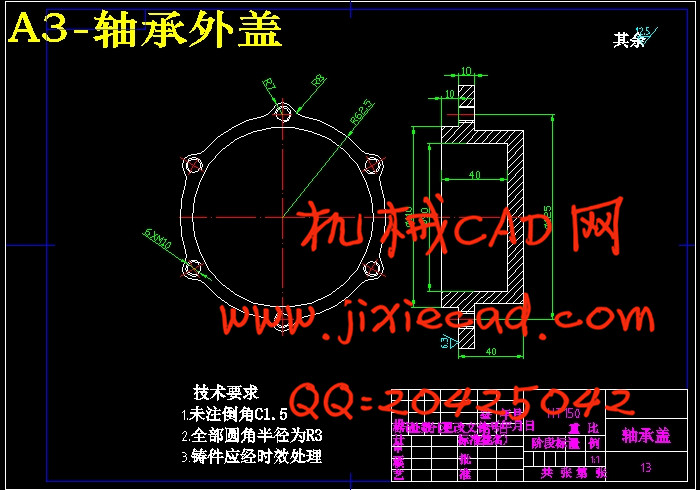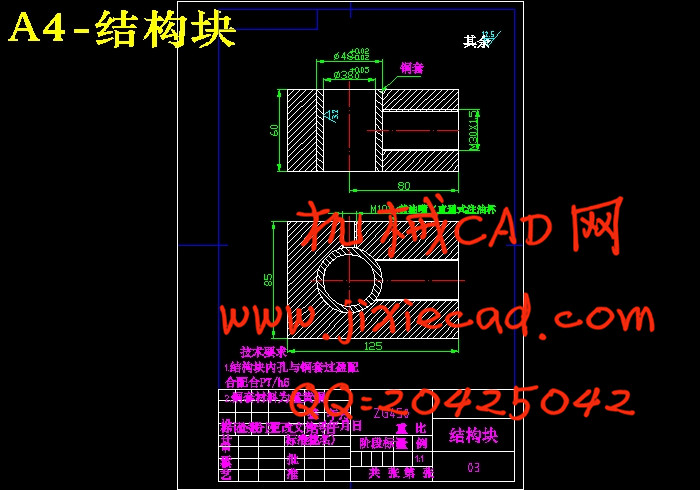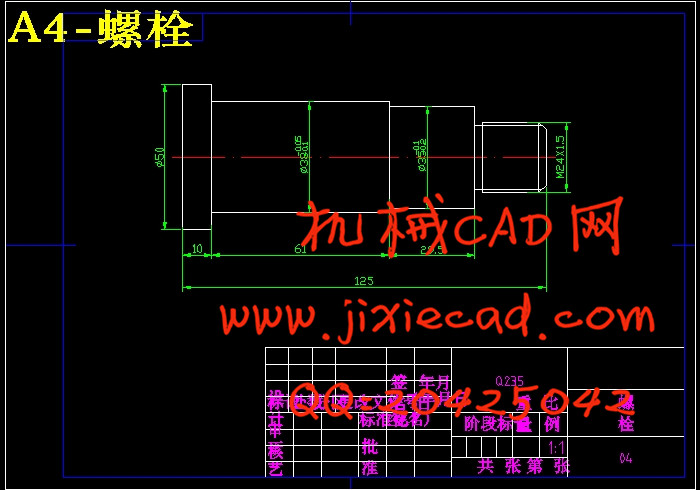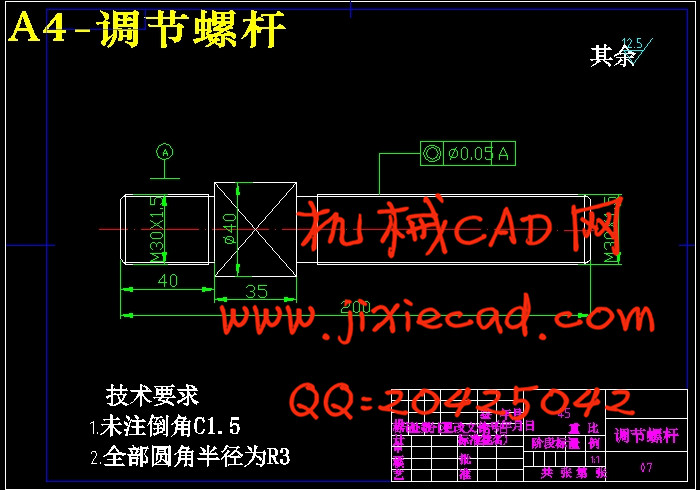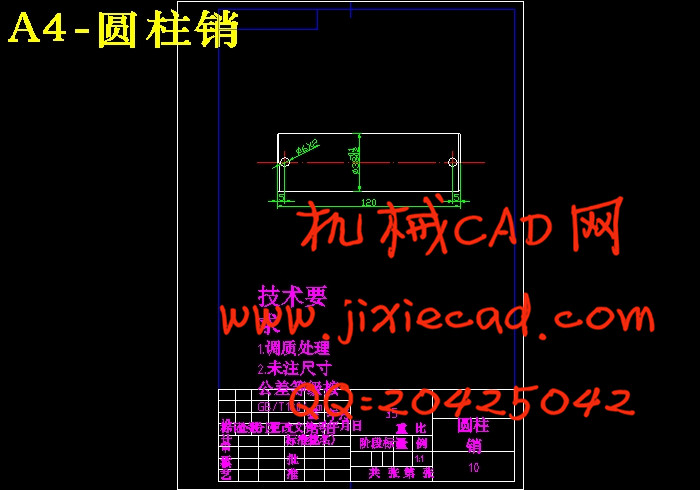设计简介
摘要
本论文设计是根据国家对制砖行业节能减排的政策而产生新的机械设计课题。在机械自动化大发展的趋势下古老的制砖方式必将淘汰出局。机械自动化的革新无论是从劳动力市场、生产成本、生产效率特别生产砖的原料来说都有巨大的优势。本设计机械是机械化制砖流程中的一个起始环节也是较重要的一环节。论文设计从结构和动力方面对拱土机做了设计并就重要零件的设计进行校核,为机械的安全可靠工作提供了保证。
关键词: 机械自动化 制砖 拱土机设计
Abstract
The design is based on the state of the brick industry energy saving and emission reduction policy and generate a new mechanical design issues . In mechanical automation development trend under the ancient brick method will be eliminated. Mechanical Automation innovation either from the labor market,the cost of production,the production efficiency in particular the production of bricks,have tremendous advantages .The design of machinery is mechanized brick making process in a start link also more important link. The paper design from the structure and dynamic of soil arch machine is designed and the important parts of the design verification ,for the safety of machinery and it ensures reliable operation
Key: mechanical automation brick oil arch machine design
目录
摘要
Abstract
1 绪论…………………………………………………………………………1
1.1 制砖行业现状…………………………………………………………1
1.2 制砖机械的发展………………………………………………………1
1.3 设计论文的主要内容…………………………………………………1
2 原料拱土机结构的设计……………………………………………………1
2.1 原料拱土机的作用……………………………………………………1
2.2 原料拱土机的使用要求………………………………………………2
2.3 原料拱土机机构的选择………………………………………………2
2.3.1 铰链四杆机构分析…………………………………………………2
2.3.2曲柄滑块机构分析……………………………………………………2
2.3.3导杆机构分析…………………………………………………………3
2.3.4拱土机机构选用分析…………………………………………………4
3 拱土机运动方案的设计………………………………………………………5
3.1 电机的选择……………………………………………………………5
3.2 传动装置的设计………………………………………………………5
3.2.1 各传动装置的分析……………………………………………………6
3.2.2 拱土机传动装置的选择………………………………………………7
3.3 拱土机运动参数的校核计算……………………………………………7
4 拱土机重要零件的设计校核…………………………………………………7
4.1 拱土机工作概述…………………………………………………………7
4.2 v带传动的设计校核计算………………………………………………7
4.3 轴的设计校核计算……………………………………………………9
4.4 键的设计…………………………………………………………………10
4.4.1 皮带轮键的选择………………………………………………………10
4.4.2 减速器与摇臂间的键的选择及校核…………………………………11
4.5 轴承座设计………………………………………………………………11
4.6 轴承座端盖选材,结构设计……………………………………………11
4.7 轴承座联接用螺栓的设计计算…………………………………………11
5 拱土机底架的设计……………………………………………………………12
设计小结…………………………………………………………………………13
参考文献…………………………………………………………………………14
本论文设计是根据国家对制砖行业节能减排的政策而产生新的机械设计课题。在机械自动化大发展的趋势下古老的制砖方式必将淘汰出局。机械自动化的革新无论是从劳动力市场、生产成本、生产效率特别生产砖的原料来说都有巨大的优势。本设计机械是机械化制砖流程中的一个起始环节也是较重要的一环节。论文设计从结构和动力方面对拱土机做了设计并就重要零件的设计进行校核,为机械的安全可靠工作提供了保证。
关键词: 机械自动化 制砖 拱土机设计
Abstract
The design is based on the state of the brick industry energy saving and emission reduction policy and generate a new mechanical design issues . In mechanical automation development trend under the ancient brick method will be eliminated. Mechanical Automation innovation either from the labor market,the cost of production,the production efficiency in particular the production of bricks,have tremendous advantages .The design of machinery is mechanized brick making process in a start link also more important link. The paper design from the structure and dynamic of soil arch machine is designed and the important parts of the design verification ,for the safety of machinery and it ensures reliable operation
Key: mechanical automation brick oil arch machine design
目录
摘要
Abstract
1 绪论…………………………………………………………………………1
1.1 制砖行业现状…………………………………………………………1
1.2 制砖机械的发展………………………………………………………1
1.3 设计论文的主要内容…………………………………………………1
2 原料拱土机结构的设计……………………………………………………1
2.1 原料拱土机的作用……………………………………………………1
2.2 原料拱土机的使用要求………………………………………………2
2.3 原料拱土机机构的选择………………………………………………2
2.3.1 铰链四杆机构分析…………………………………………………2
2.3.2曲柄滑块机构分析……………………………………………………2
2.3.3导杆机构分析…………………………………………………………3
2.3.4拱土机机构选用分析…………………………………………………4
3 拱土机运动方案的设计………………………………………………………5
3.1 电机的选择……………………………………………………………5
3.2 传动装置的设计………………………………………………………5
3.2.1 各传动装置的分析……………………………………………………6
3.2.2 拱土机传动装置的选择………………………………………………7
3.3 拱土机运动参数的校核计算……………………………………………7
4 拱土机重要零件的设计校核…………………………………………………7
4.1 拱土机工作概述…………………………………………………………7
4.2 v带传动的设计校核计算………………………………………………7
4.3 轴的设计校核计算……………………………………………………9
4.4 键的设计…………………………………………………………………10
4.4.1 皮带轮键的选择………………………………………………………10
4.4.2 减速器与摇臂间的键的选择及校核…………………………………11
4.5 轴承座设计………………………………………………………………11
4.6 轴承座端盖选材,结构设计……………………………………………11
4.7 轴承座联接用螺栓的设计计算…………………………………………11
5 拱土机底架的设计……………………………………………………………12
设计小结…………………………………………………………………………13
参考文献…………………………………………………………………………14


